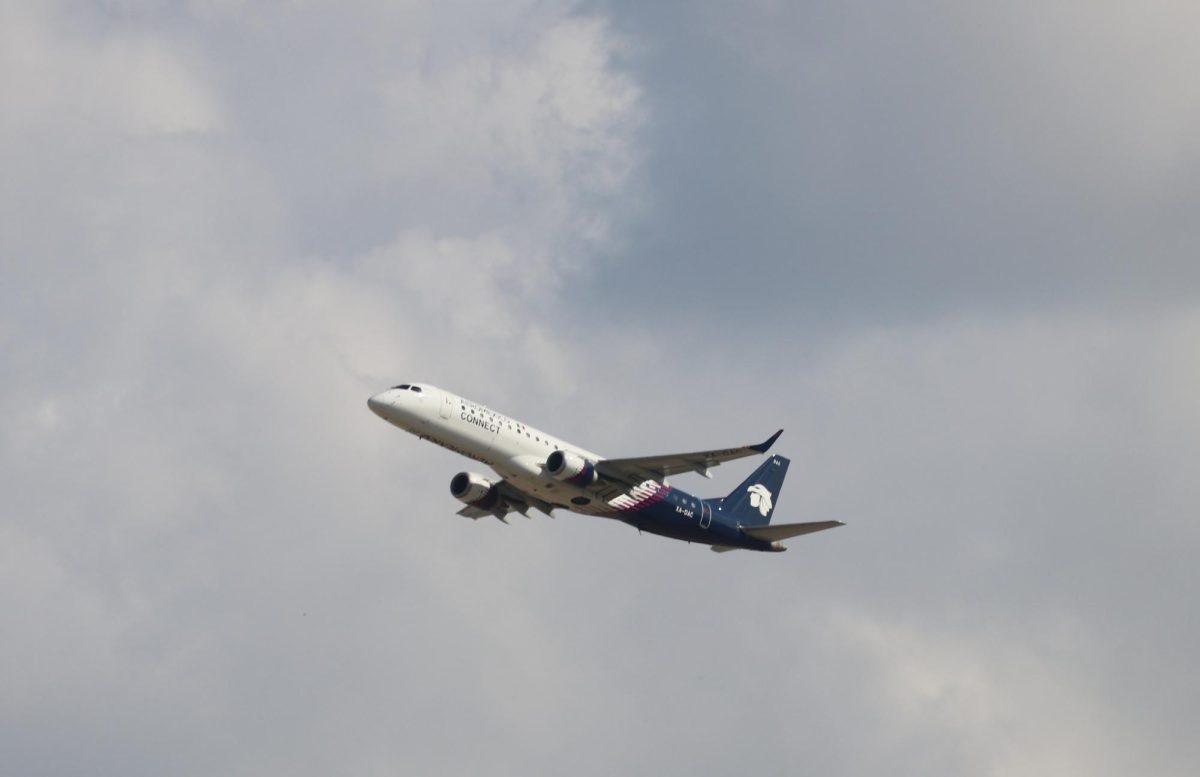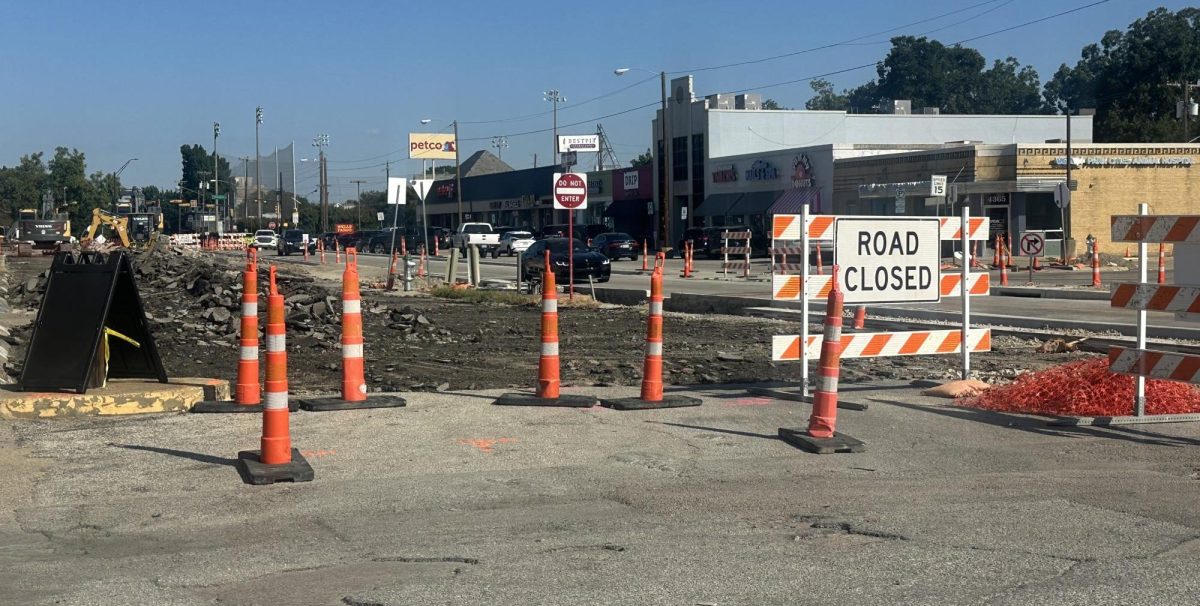By 2027, travelers and residents passing through Dallas-Fort Worth International Airport may find themselves walking into a terminal unlike any other in the airport’s 50 years of operation. Terminal F, the airport’s first new terminal in nearly two decades, promises to reshape the DFW travel experience, and the airport’s role as one of the busiest airports in the world.
“Dallas is mostly a business destination, not a tourist destination. More gates for more business and more population will support all local service industries.” Adjunct Professor of economic growth at Southern Methodist University, Cullen Clark Ph.D., said.
Initially a 15 gate expansion with a $1.6 Billion budget, Terminal F has since doubled in size and scope. Under a new agreement with DFW and American Airlines, the terminal will now include up to 31 gates, costing nearly $4 Billion. All of these gates will then be operated by American Airlines, solidifying the company’s commitment to its largest hub.
“I see Terminal F giving American Airlines more options. From what I understand, it will include many international gates with customs facilities.” Allied Pilots Association President and American Airlines Pilot, Nick Silva said. “That will allow American to expand to more destinations, which is a positive development overall.”
Last year, more than 81 million passengers traveled through DFW, making it the world’s second busiest airport by traffic. But, growth has strained the airport’s five existing terminals, especially during peak travel seasons. Terminal F is critical to keeping up with demand, particularly as American Airlines continue to expand international and domestic routes out of Dallas Fort Worth.
“At DFW, it’s mostly about expanding capacity. That means more airplanes coming in and out, which can significantly impact air traffic. One essentially leads to the other.” Silva said, “The most meaningful aspect of Terminal F is what it represents. When airlines and communities invest in new terminals, it signals growth and confidence in the industry.”
What makes Terminal F stand out isn’t just the size, but how it’s being built. Instead of traditional on site construction, the crews building are using massive prefabricated modules, some weighing upwards of 3,000 tons, are constructed off-site and transported to the airport overnight before being lowered into place. One of these modules measured 278 feet long by 136 feet wide, nearly the size of a football field.
“With additional gates, airlines like American can better manage connections and allocate aircraft more efficiently. That could shorten layovers and improve the overall flow of passengers,” frequent flyer Neil Carew said. “If the infrastructure keeps up, it’ll also mean more available slots for flights, which benefits both airlines and travelers.
Terminal F will span more than 400,000 square feet and include new gate areas, modern baggage systems and a redesigned check-in lobby. A dedicated Skylink station will connect it seamlessly to the rest of the airport, while a pedestrian walkway will directly link it to Terminal D. Travelers can also expect upgraded concessions, retail shops and expanded lounge space, including American Airline’s premium Flagship lounge. There are also plans for a new parking garage adjacent to the terminal, along with curbside drop-off and areas designed to reduce congestion.
“Takeoffs and landings have grown about 37% over the years 2015-2025, a rather remarkable growth rate.” Clark said.
For North Texas, the stakes go past the convenience. DFW airport is one of the largest drivers for the DFW and North Texas region’s economy. Supporting thousands of jobs, and generating over $37 Billion annually in economic impact. A larger, more modern terminal means more flights, more visitors and more opportunities for the local economy and businesses.
“The construction jobs are good while they last. Having the modern infrastructure in place is a vital precondition for continuing economic growth.” Clark said.
As construction crews continued to maneuver massive modules into place during the night, travelers can already see the outline of the future of DFW airport taking its shape. By the time Terminal F opens its doors in 2027, the DFW area will have grown even more.
“After 9/11 or during the Great Recession, airports were nearly empty. This expansion is the opposite, it shows strength and growth, which is good for pilots and the entire profession.” Said Silva.
















